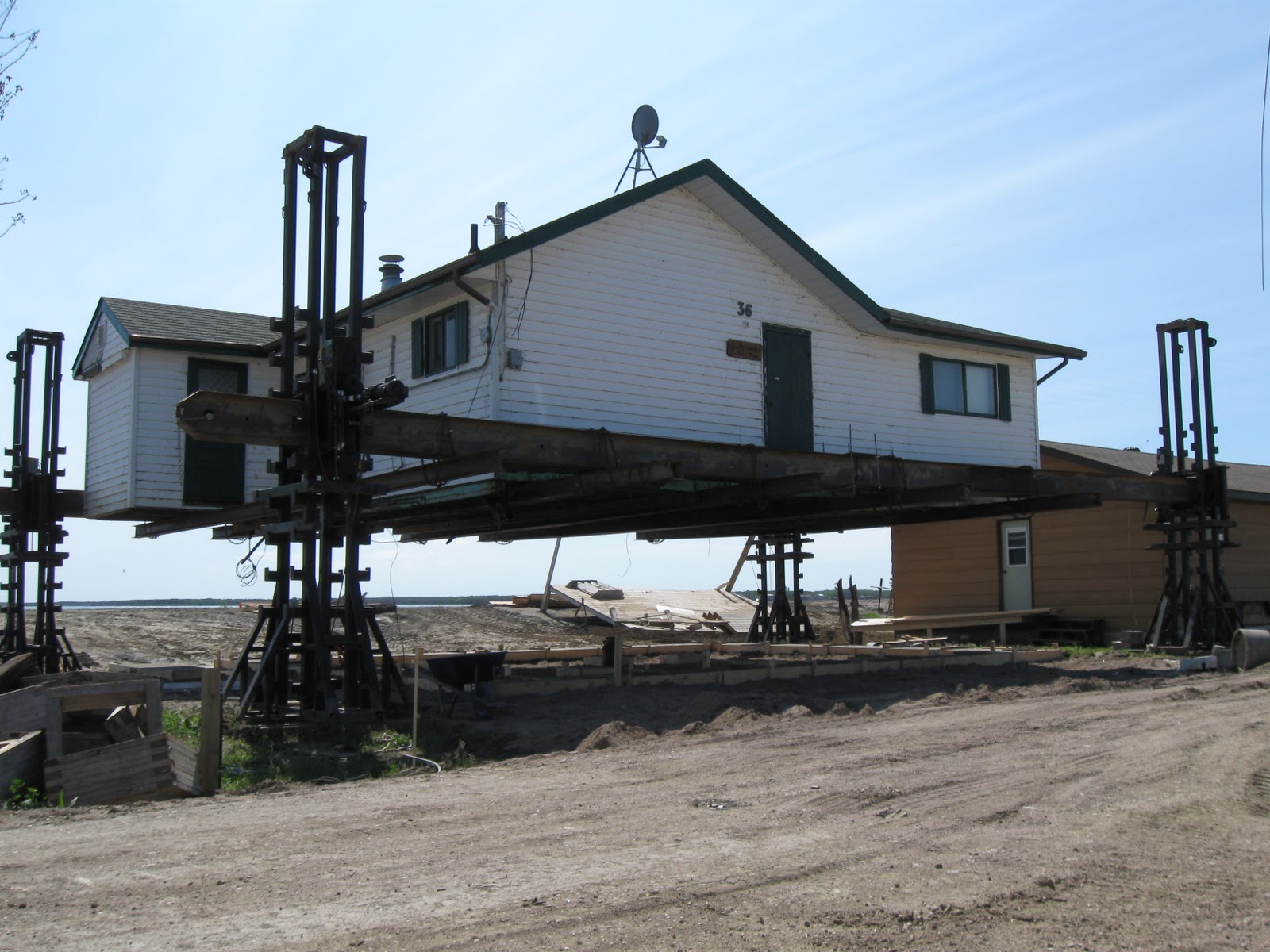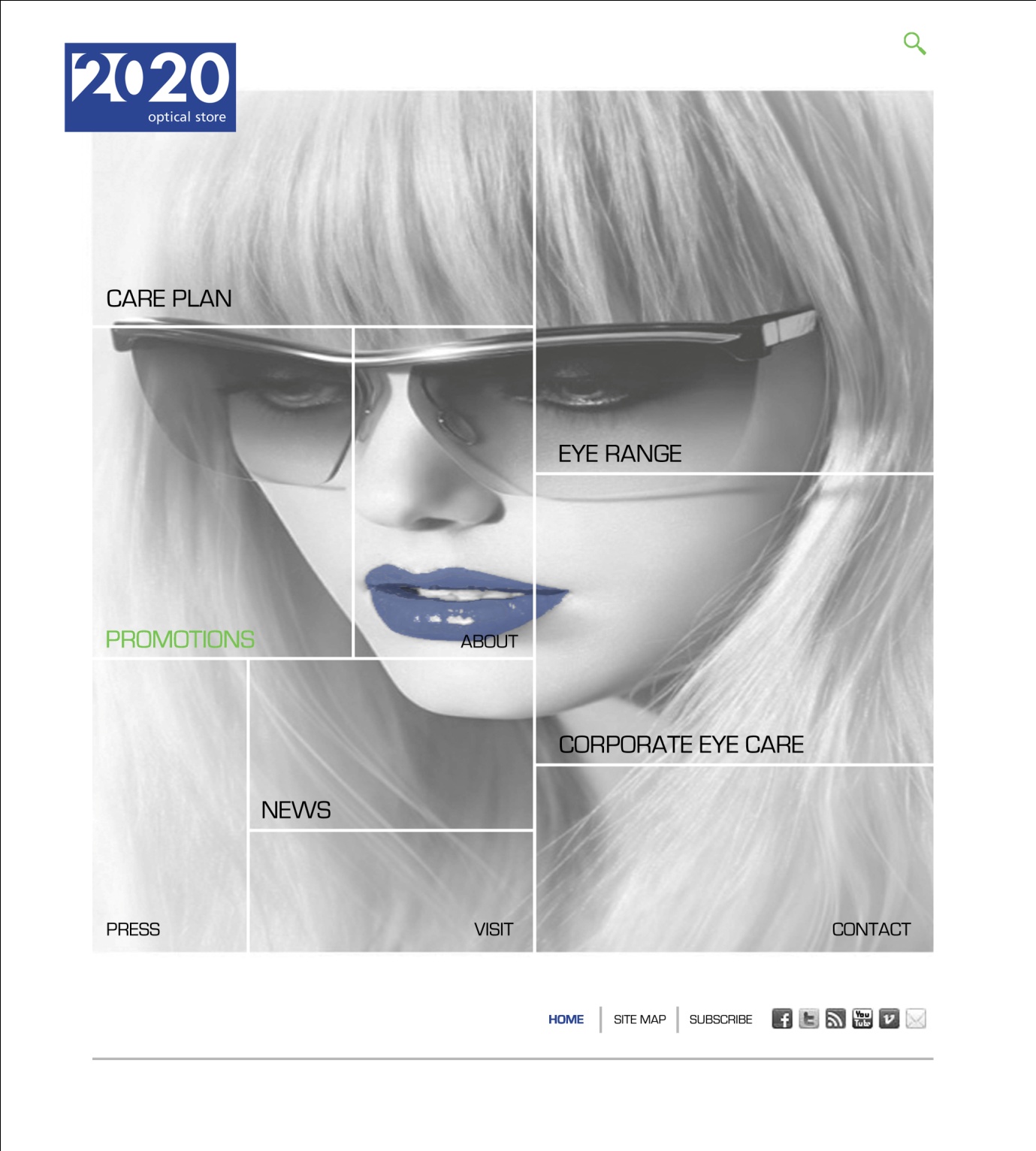We like to think of ourselves as a pretty civilised crowd down at UWP Towers so tempers rarely flare in the office.
Expletive-filled rants are few and far between but we are a reasonably thick-skinned bunch so we can handle the occasional profanity.
There is one four-letter word, however, that we take with a rather generous pinch of salt. Answers on a postcard please. Or – seeing as that is a ridiculous suggestion – I’ll cut to the chase. The word I am referring to is “just”.
When it comes to web design and development, “just” is, ahem, just about the most frustrating word you can hear.
Could you just replace this font with another? Just add a payment page to the site? Just make this box an inch wider? Just move my logo up a bit or my menu down a bit?
These changes might sound minor to the untrained eye but they can be a web developer’s worst nightmare.
It’s the equivalent of asking your GP “could you just invent a cure for the common cold?” or your local builder “could you just move my house three inches to the left?” OK – I’m stretching it a bit but you know what I mean.

Jim resorted to drastic measures when he lost his ball after a wayward tee shot at the ninth
Avoiding the pitfalls: Why aftercare is key in web development
The phrase “prior planning prevents piss poor performance” underpins everything we do at UWP Towers. We try and stick to it like glue.
That’s why we pledge to take the client through various options and pitfalls with their site before we begin development.
Changing things around half way through can slow the whole thing down – and no one wins in that scenario.
We’ve seen and heard plenty of horror stories involving other providers over the years so we are 100% honest about what your site will cost, how long it will take and the problems you might encounter – otherwise you might as well be going in blindfolded.
It’s crucial we map out every page on your site from the first pixel to the last before our developer gets his or her hands on it. We believe the more accurately we do this the less room for error there will be.
This is where the graphic designer takes centre stage.
The graphic designer is effectively the middle man – or woman – between the client and the coder.
It is their job to take the client through their options, go through the pros and cons of each, liberally apply a few dollops of creative stardust, agree a final draft and pass it on to the coder.
If we get this stage right – taking care to outline all possible pitfalls in advance – the coder gets an exact blueprint of precisely what the client wants.
Here’s an example of a prototype page we supplied to one of our clients when we were coming up with various options for the way their site should look:-

Jill took pride in her appearance – even after the pneumonia took hold
If we get this stage right we can avoid needing to make too many “minor” changes that can prove major hassle further down the line.
But do not fear – it pays to have a safety net and we provide aftercare as standard so if something does need changing we’ll be only too happy to help.
We aren’t one of those web design companies that stop picking up the phone the moment you’ve paid up. We are the company you go to to sort that out.
We firmly believe a happy customer is the best advert we can have so we pull out all the stops to make sure you get exactly what you ask for – regardless of when you ask for it.
The way we see it, if we “just” have to change something it’s probably because we didn’t get the design process “just” right in the first place so it’s our responsibility to put it right.
Say the word and you’ll have your site the way you want it. Just the way you want it.
